Each year, the Army loses more Soldiers due to motorcycle accidents than combat.
"We lose a battalion of Soldiers a year due to motorcycle accidents," said Lt. Gen. Thomas Miller, commanding general, First Army.
With such numbers, the Army has increased its efforts to decrease this statistic and help its Soldiers stay safe.
As part of this aggressive safety program, Miller sponsored a motorcycle safety ride Oct. 16 at Fort Gillem.
Although the planned 48-mile ride portion of the event was canceled due to inclement weather, leaders used the day to hammer home the importance of riding safely.
"It's all about safety, whether we ride or talk," said Ken Tweedy, video teleconference facilitator for G-6, First Army.
Tweedy, an avid motorcycle and all terrain vehicle rider, shared his own story about how following Army safety guidelines saved his life.
In 2001, while stationed at Fort Bragg, Tweedy was riding an ATV with his brother through an unexplored area. Unfamiliar with the terrain, he hit a stump and fell from the quad.
"I did some major damage, ruptured some vertebrae," he said. "If I had not been wearing a helmet, I would have been dead. I saw all the scratches and dents; my head wouldn't have taken it."
Miller reiterated the importance of proper personal protective equipment, stressing that Soldiers always wear all the proper gear. Such gear includes a helmet manufactured to meet U.S. Department of Transportation standards, impact and shatter resistant eye protection, long pants and a long-sleeve jacket, brightly colored or reflective upper outer garments, sturdy, over-the-ankle footwear and full-fingered gloves.
Protective gear is important, but Soldiers shouldn't put all their eggs in that basket, Miller said.
"Most accidents are the rider's fault because the rider doesn't understand his own capabilities relative to that motorcycle, and number two, he doesn't understand the capabilities of that motorcycle," he said. "Riders are getting into positions they can't handle."
The deadliest behavior tends to be speeding, which accounts for nearly 90 percent of motorcycle accidents, Miller added.
"We have to stress upon young people that speed kills," said Chief Richard Pennington, Atlanta's Chief of Police.
Pennington, who served as guest speaker for the event, was a former member of the presidential motorcycle detail and spoke of how learning the rules of the road, how to control one's motorcycle in all types of conditions and how to fall off the bike if in danger, all increase one's survivability while on a motorcycle.
"Motorcycle riding is a high risk adventure, and you should always realize that you are undertaking an event that invites risk," Miller said. "Motorcycle riding is good as long as it is done safely."
Still, even with all of the appropriate safety measures, there is always a risk when riding a motorcycle. To reduce the percentage of accidents motorcyclists have no control over, Georgia is working on a campaign aimed at reducing motorcycle fatalities.
"In the last four years, there's been a 59 percent increase in motorcycle fatalities," said Maj. Mark McDonough, commanding officer, Georgia State Patrol, adding that when gas prices were rising, motorcycle registration doubled. "Motorcycle accidents are one percent of all accidents, but account for 13 percent of all fatalities."
The GSP staff, in partnership with the governor's office of highway safety, is kicking off a 15-month campaign aimed at cutting fatalities by 20 percent.
"We recognize the senseless loss of life that's happening on our nation's roadways," McDonough said. "We're starting with motorcycle safety. Every month for the next 15 months, we will be specifically out there for motorcycle safety. We'll look for motorists not looking out for you."
By having people concentrate on looking out for the least protected, smallest motorist, the hope is that they will be more aware of situations and thus avoid larger hazards such as tractor trailers and other large vehicles.
"If we concentrate on the least protected folks, everyone else will be better off," McDonough said.
Still, in the meantime, riders need to concentrate on their own riding skills.
"Anyone can get on a bike and go down the street, but that doesn't make you a rider," Tweedy said. "It's never safe (to ride) without the proper training."
Servicemembers and civilians on both posts can receive training with the installations' motorcycle safety training courses. However, even after completing the safety course, riders should continue to get practice, as riding is the best way to learn, Tweedy added.
"Every time you get on that motorcycle, you are taking a risk," he said. "Know your capabilities. If it is not in your abilities, don't do it."
"Find someone who is an experienced rider and ride with them," added Miller, who has been riding for more than 40 years. "Drive defensively, think about your life and watch what is going on. You can mitigate your risk by doing the right thing."
Like Soldiers being trained for combat, leaders hoped to teach riders the right thing by fully equipping them with the information and tools they need to complete the mission of riding safely.
"We want to keep having these events to stress safety courses are important," Pennington said.
"Some might think that with all the emphasis put on safety, the military doesn't want you to ride motorcycles. That is not the case. Riding is a great thing to do as long as it is done safely," Miller added.
"We have enough bloodshed with Soldiers in combat. We don't need it over here."
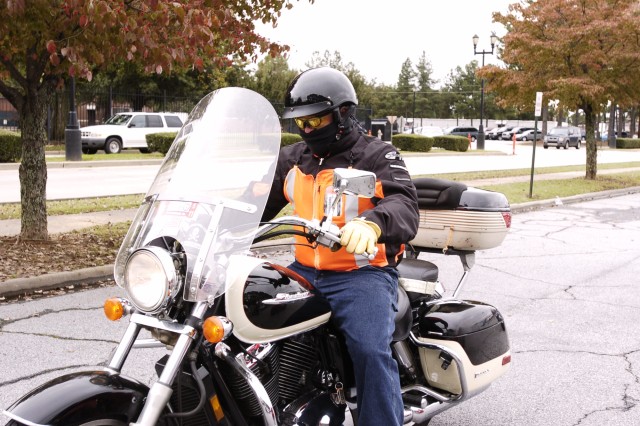
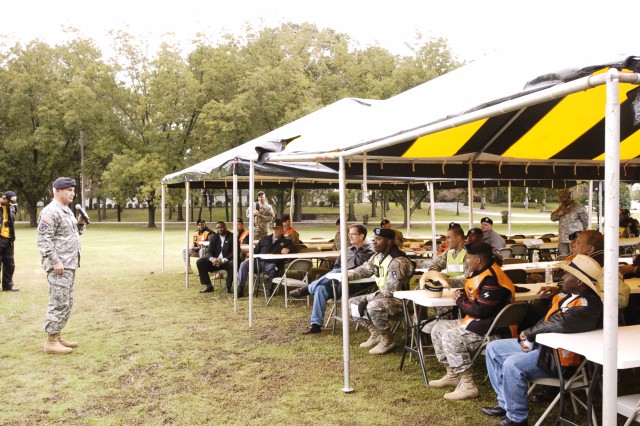
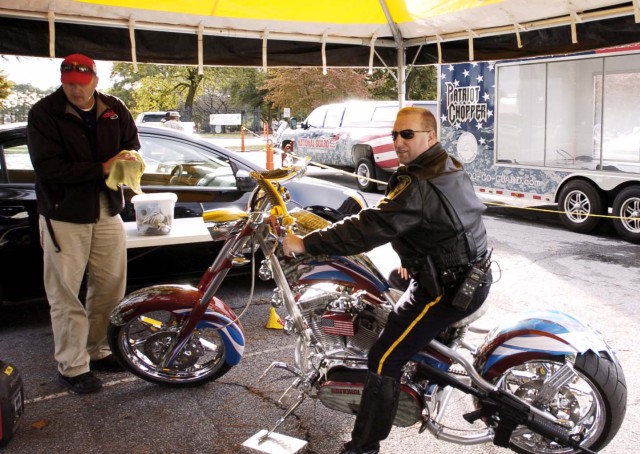
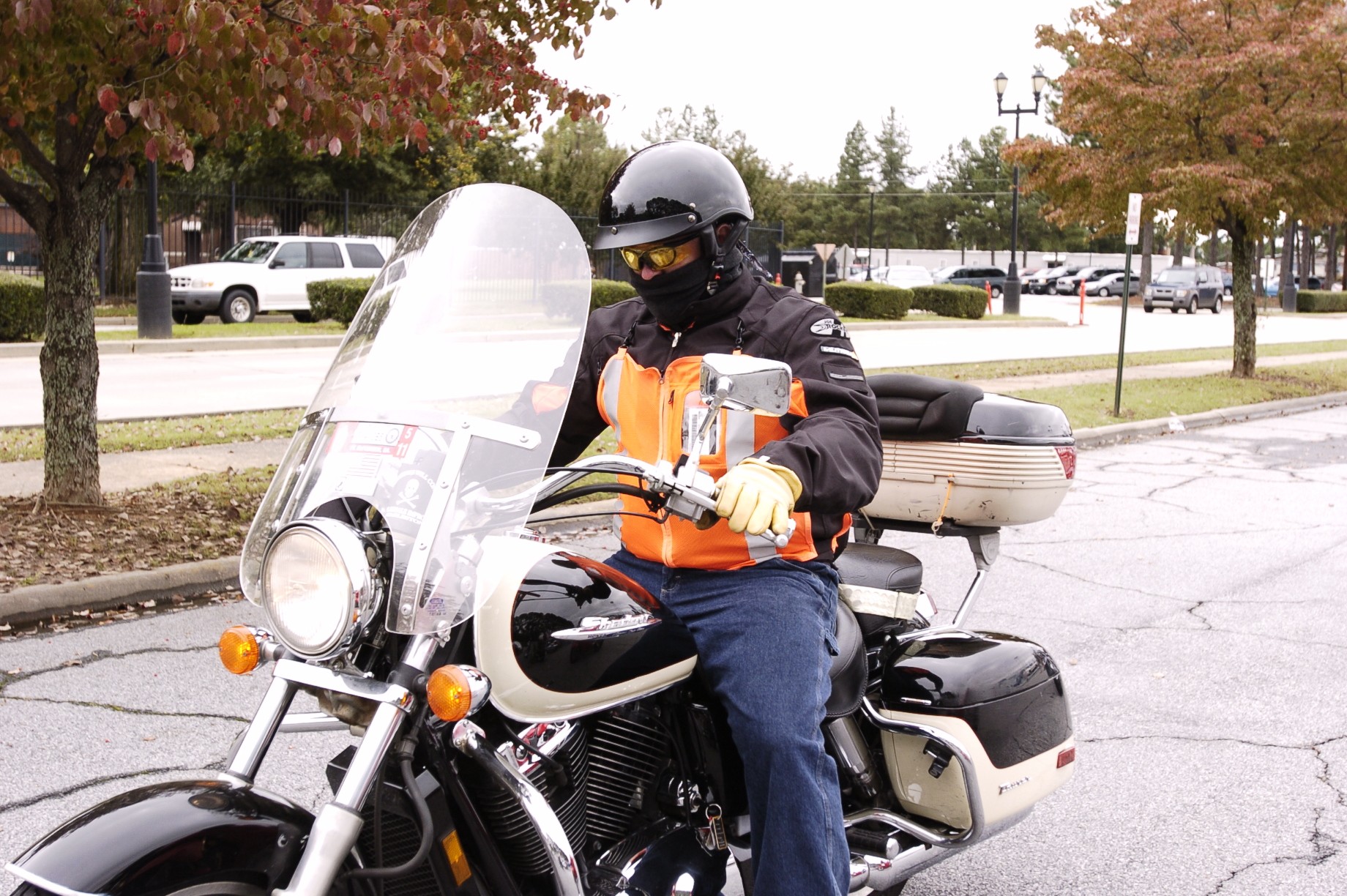
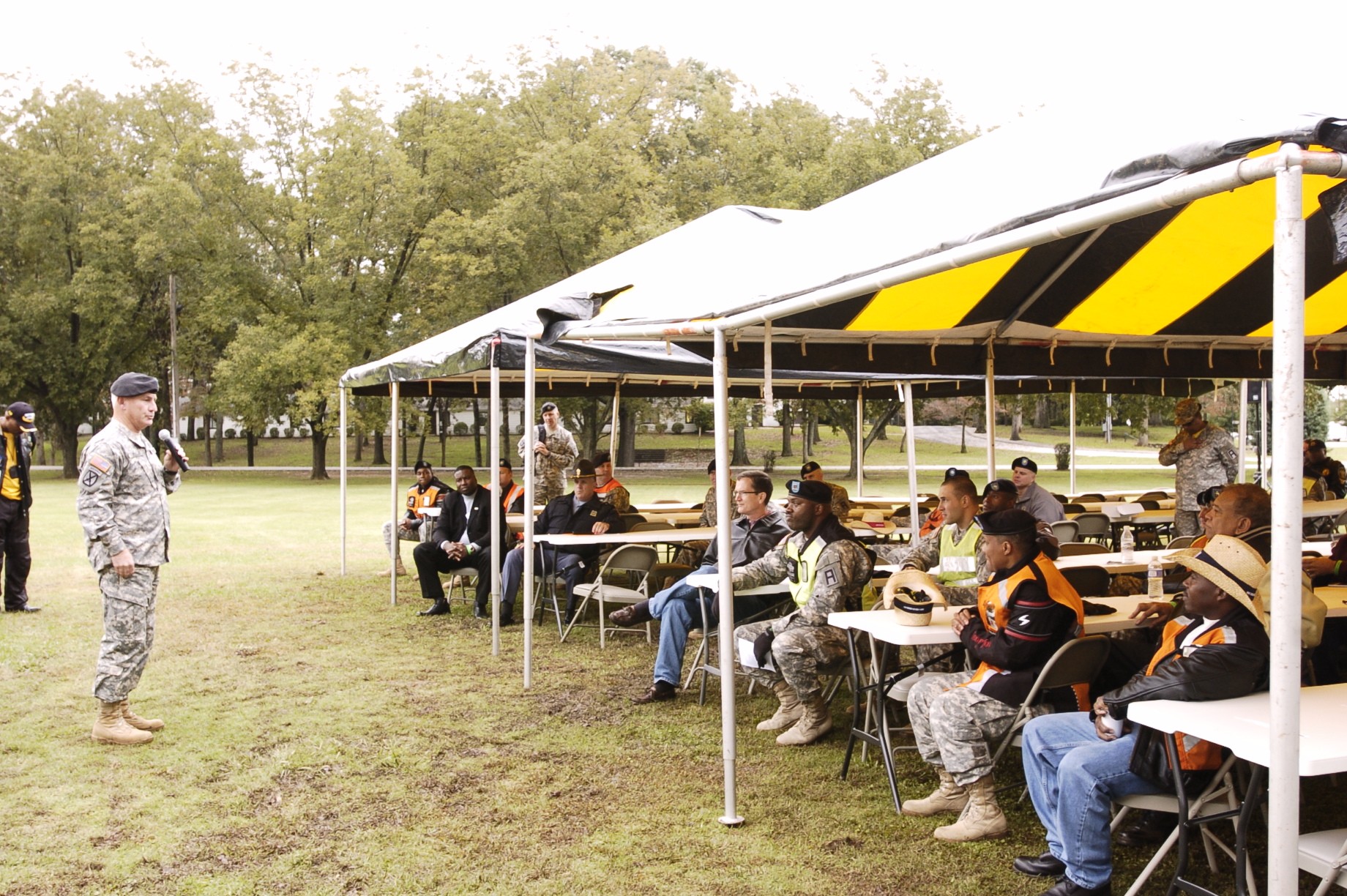
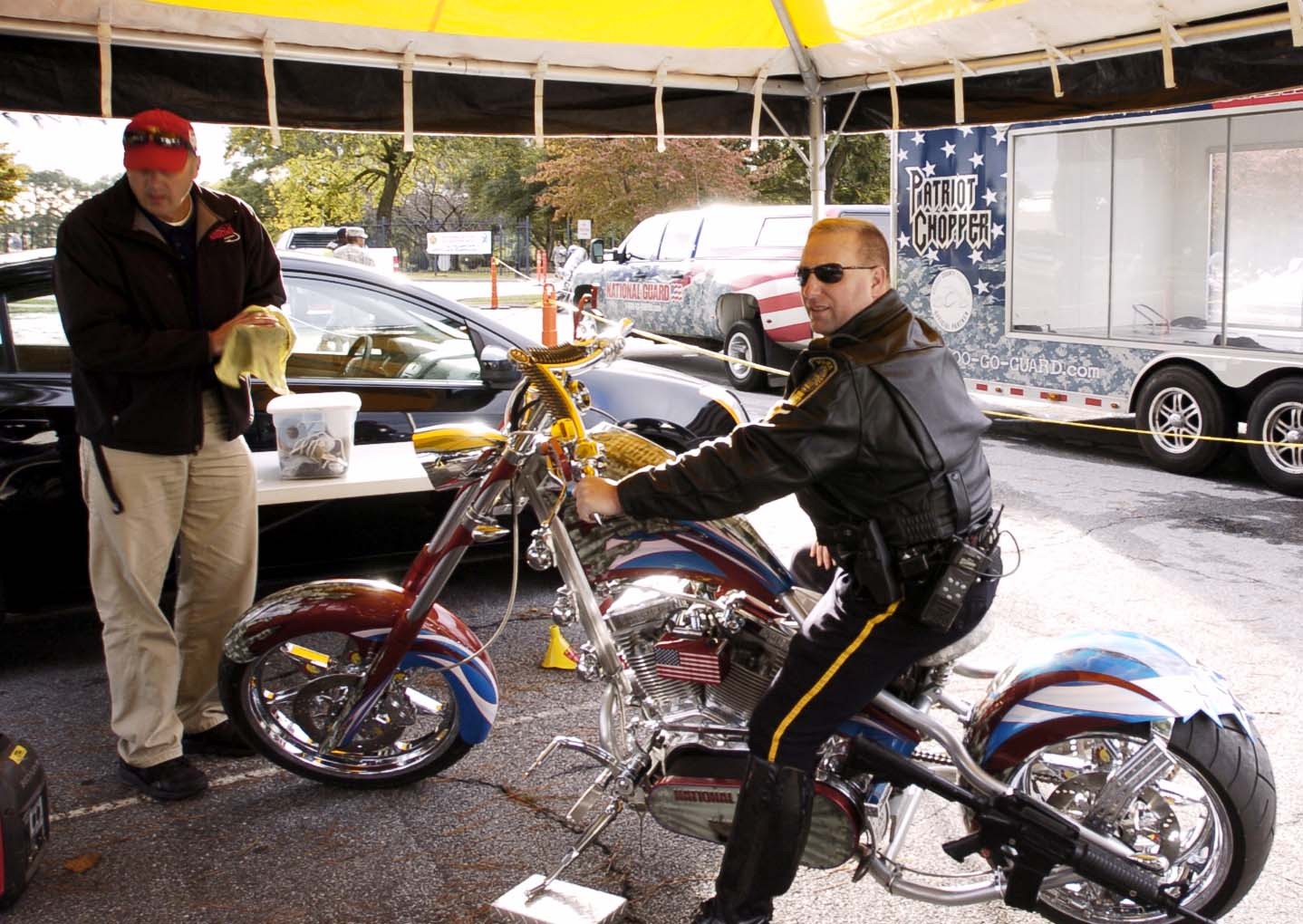
Social Sharing